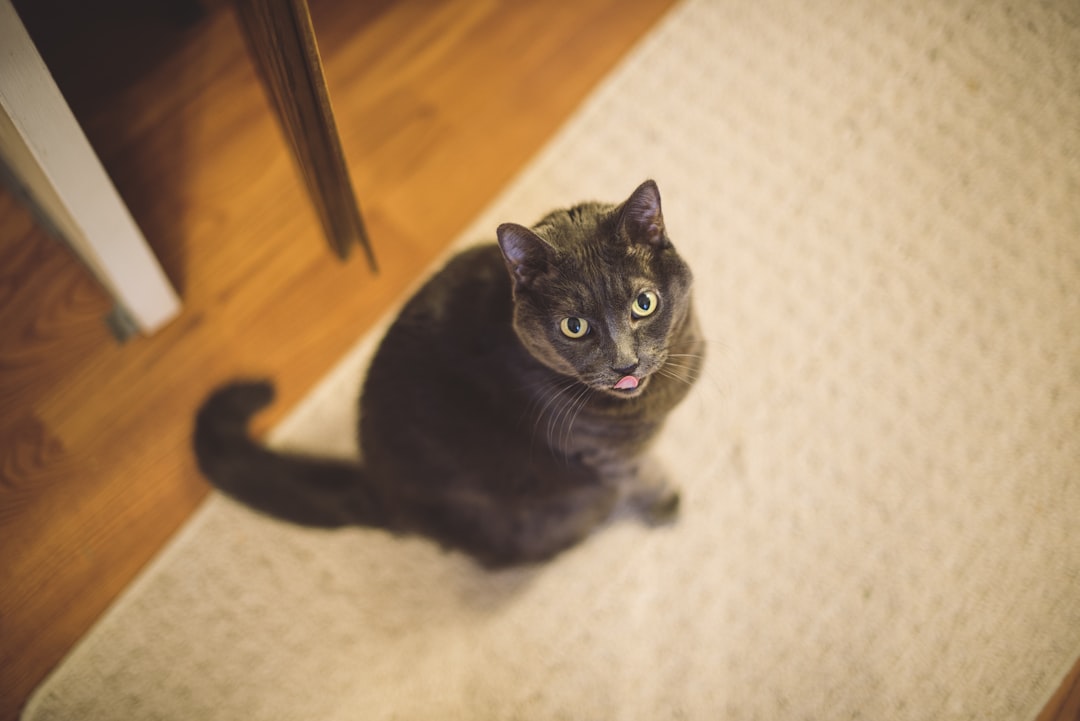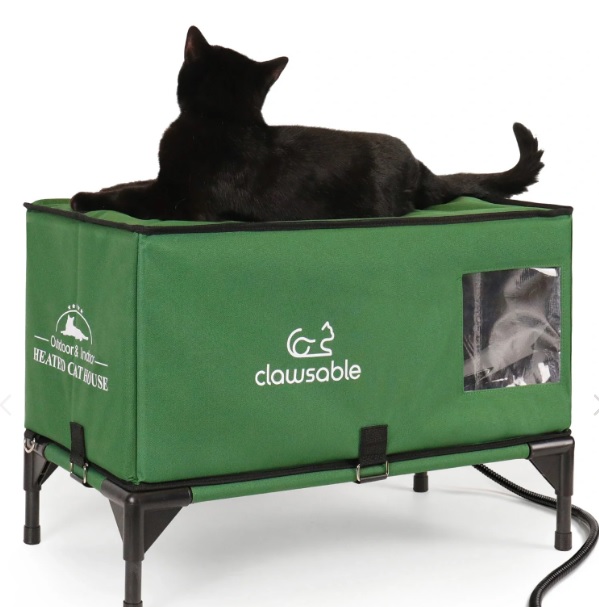Grooming your feline friend might seem as daunting as herding cats, but with the right tool—a stellar cat brush—you can turn a fur-flying tussle into a delightful bonding experience. Not only does a quality brush help to eliminate tangles and reduce shedding, but it also strengthens your connection with your whiskered companion. With a purr-fect array of brushes out there, knowing how to choose the right one can make all the difference in keeping your kitty content and looking fabulous. So, let’s dive into the fluffy world of cat brushes and find the best fit for your furry royal!
Types of Cat Brushes Available
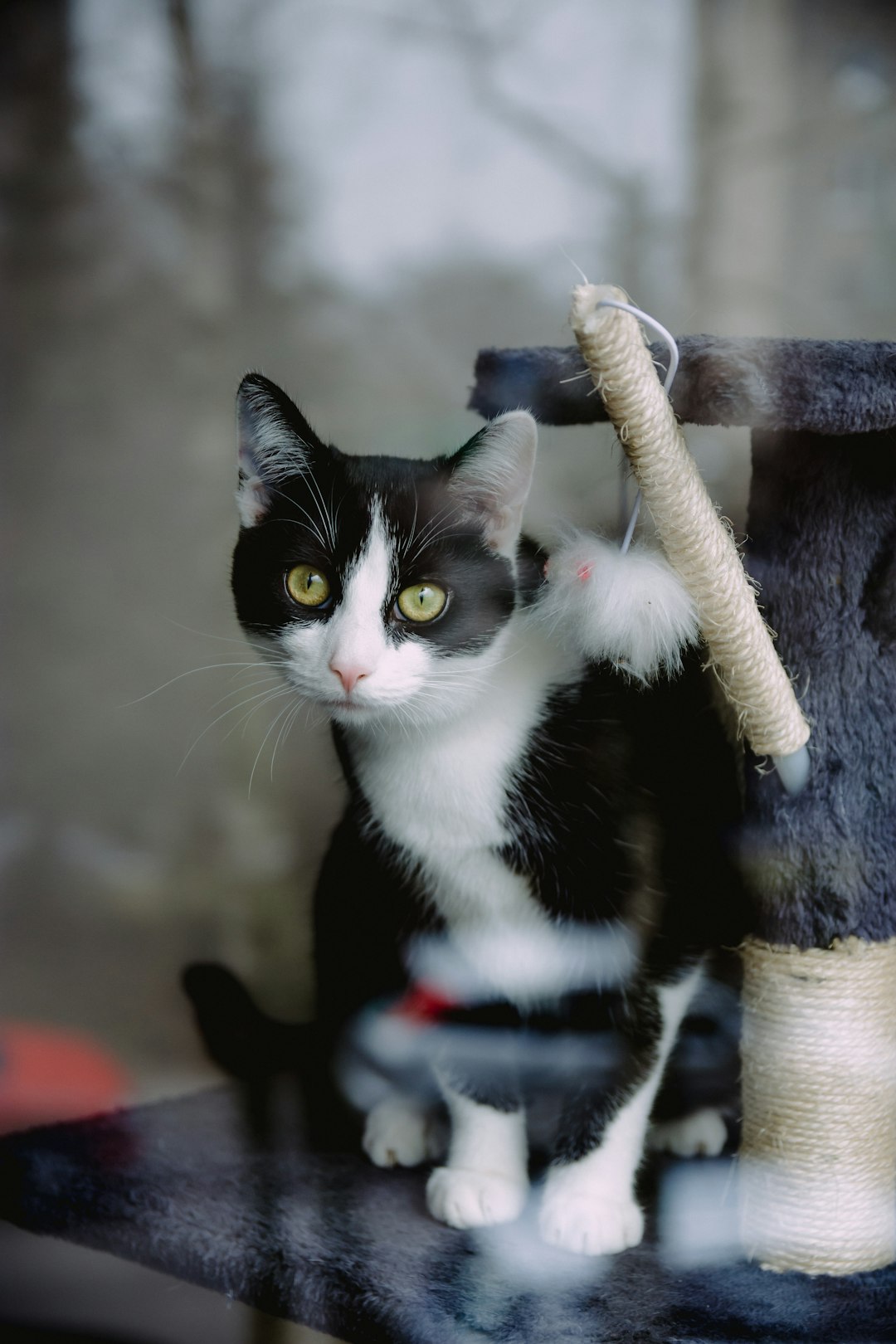
When it comes to cat grooming, the right cat brush can make all the difference! With countless options out there, let’s dive into some popular types that cater to various coats and grooming needs:
- Slicker Brushes: Perfect for detangling and removing loose fur, these brushes feature fine, short wires. They’re the go-to for long-haired felines.
- Bristle Brushes: Great for short-haired cats, these brushes smooth the coat and distribute natural oils, giving your kitty a healthy shine.
- Rubber Brushes: Ideal for sensitive skin, rubber brushes not only collect loose hair but also provide a gentle massage. Who doesn’t love a spa day?
- Undercoat Rakes: If your cat tends to shed like a champion, an undercoat rake will help you tackle all that loose fur lurking beneath the surface.
- Deshedding Tools: For those heavy shedders, a deshedding tool offers a robust solution by reaching deep into the undercoat.
Choose wisely, and your cat brush will keep your furry friend looking fabulous while reducing shedding mess around the house!
Benefits of Regular Grooming
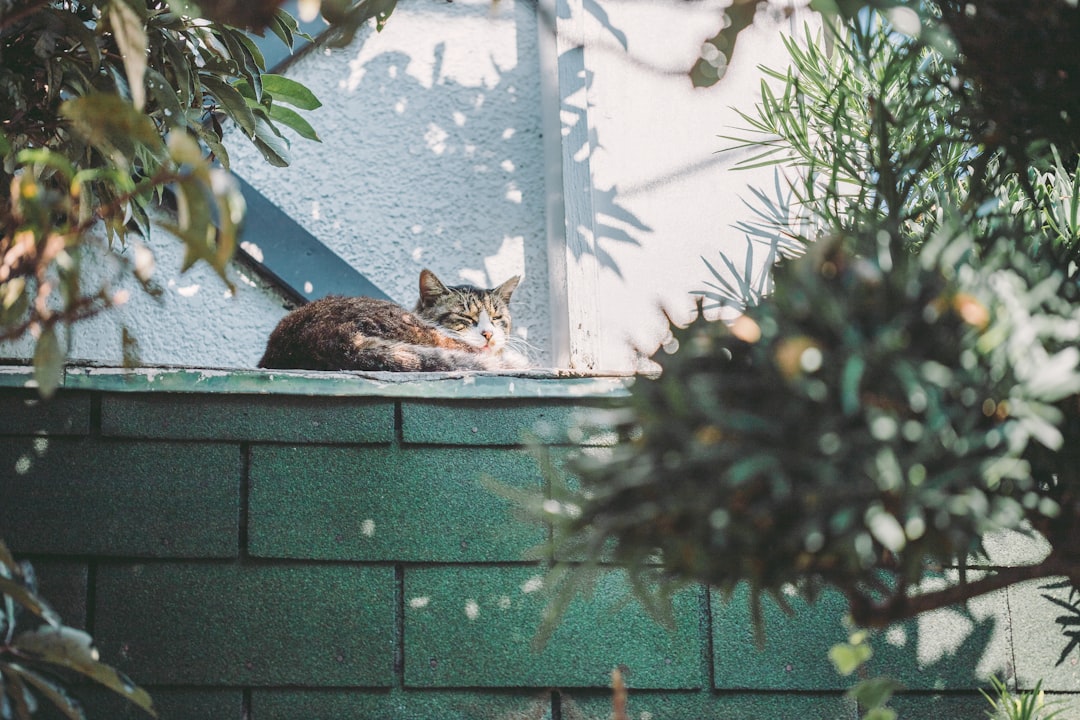
Ah, grooming—the magical time when you bond with your feline friend while battling those pesky hairballs. Believe it or not, using a cat brush regularly comes with a bundle of benefits that will leave both you and your cat purring! Here’s why you should grab that brush and get to work:
- Reduces Shedding: A regular grooming session with a cat brush helps collect loose fur, keeping your house less furry and your vacuum cleaner a bit happier!
- Prevents Mats and Tangles: A sleek coat is just a brush away! Regular use of a cat brush prevents those nasty knots that can lead to discomfort for your pampered pawed buddy.
- Stimulates Skin Oils: Grooming distributes natural oils throughout your cat’s coat, resulting in a shinier and healthier appearance. Who doesn’t want a runway-ready cat?
- Bonding Time: Make grooming a delightful ritual where you both focus on each other. This helps strengthen your bond while giving you quality time together.
So, whether you’re wrestling with a long-haired beauty or a sleek shorthair, remember: a little brushing with a good cat brush goes a long way in keeping your kitty happy and healthy!
Factors to Consider When Choosing a Cat Brush
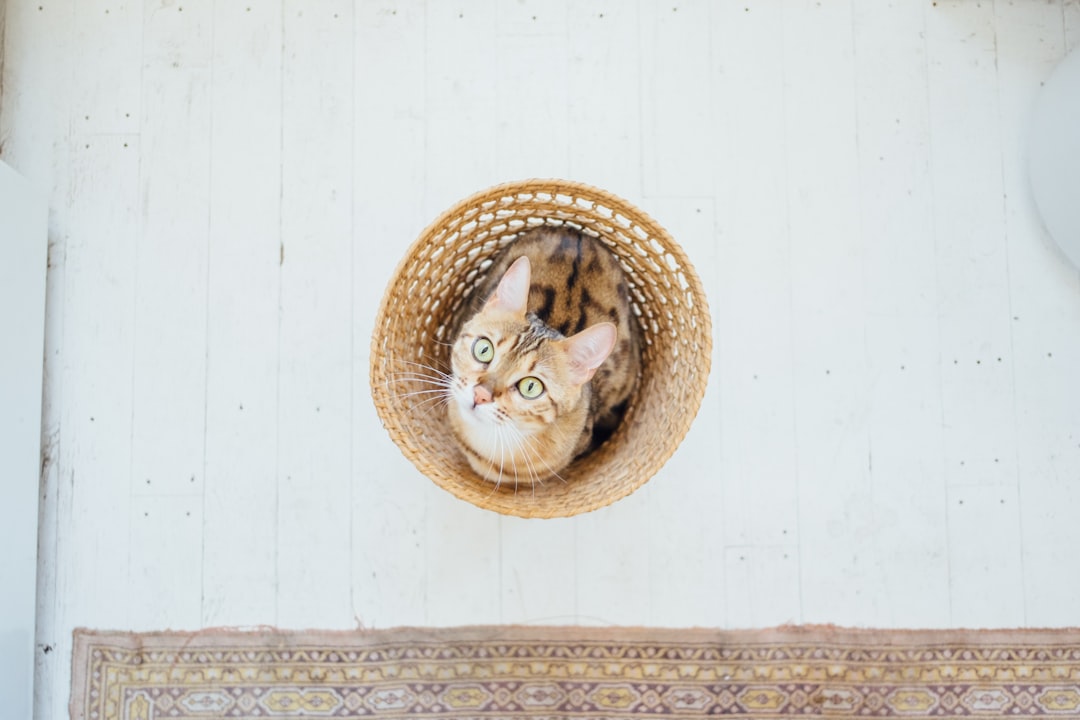
Selecting the right cat brush can feel like navigating a maze, but fret not! Here are some vital factors to consider that will make your grooming escapades smooth as a cat’s purr:
- Coat Type: Different brushes serve different purposes:
- Short-Haired: Opt for a bristle brush or grooming glove.
- Long-Haired: A slicker brush or wide-toothed comb works wonders.
- Sensitivity Level: Some kitties are more sensitive than others, so choose a brush with soft bristles. It’s all about comfort!
- Size & Grip: Ensure the handle fits snugly in your hand. A comfortable grip leads to better grooming sessions.
- Ease of Cleaning: Brushes that are easy to clean encourage regular use. Look for models with removable bristles!
- Durability: Invest in a cat brush made from quality materials—it’ll be less likely to meet a premature end on your bathroom floor.
Remember, the perfect cat brush is just waiting to enhance your kitty’s shine and transform grooming from a chore into a bonding experience!
How to Use a Cat Brush Effectively
Ah, the art of brushing your feline friend – it’s a delicate dance that transforms into a delightful bonding experience. Using a cat brush effectively requires more than just swiping the tool over your kitty’s fur. Here are some tips to ensure both you and your cat enjoy the grooming session:
- Choose the Right Time: Pick a moment when your cat is relaxed, perhaps after a nap or during their favorite playtime lull. This sets a calm mood.
- Get Your Gear Ready: Have your cat brush ready and any treats on standby. Rewards go a long way in making your cat love grooming!
- Start Slow: Gently introduce the brush and let your kitty sniff it. Then, start brushing in the direction of the fur growth.
- Mind the Sensitive Spots: Be cautious around particularly sensitive areas like the belly and tail. A gentle approach prevents any surprises (think random swatting).
- Keep It Fun: If you notice your cat losing interest, take a break or give them a treat. The goal is to create a positive experience!
By following these tips, your cat brush will become a trusted tool for a happier, shinier kitty. Happy grooming!
Understanding Your Cat’s Coat Type
When it comes to choosing the ideal cat brush, one size definitely does not fit all. Your feline friend’s coat type plays a crucial role in selecting the right grooming tool. Let’s break it down, shall we?
- Short-Haired Cats:
- Opt for a slicker brush or bristle brush.
- These brushes remove loose fur and debris while promoting shine.
- Medium-Haired Cats:
- A double-sided cat brush works wonders, featuring both a bristle side and a wider tooth side.
- Use it to tackle tangles and shed fur.
- Long-Haired Cats:
- Invest in a wide-tooth comb or a specialized dematting tool.
- They efficiently handle those pesky mats while keeping your cat’s coat smooth and beautiful.
- Curly-Coated Breeds (like the Cornish Rex):
- A stainless steel comb or a cat brush designed for curly fur is essential to avoid breaking the delicate strands.
By understanding your cat’s coat type, you can choose the best cat brush that makes grooming a breeze! Just remember: a happy cat equals a purring furball of joy.
Recommended Brands and Brushes
Choosing the right cat brush is a crucial part of your grooming toolkit, and let’s be honest – it can feel overwhelming with so many options out there. Fear not! Here’s a quick showdown of some top-notch brands that have pounced ahead in the grooming game:
| Brand | Type of Brush | Purpose | Price Range |
|---|---|---|---|
| FURminator | DeShedder | Reduces shedding | $20 – $40 |
| Pet Fusion | Double-Sided Brush | Combines soft and firm bristles for all coat types | $15 – $25 |
| Hartz | Rubber Grooming Mitt | Great for finishing touches and really getting into those hard-to-reach spots | $10 – $15 |
| Safari | Cat Comb | Ideal for removing knots and tangles | $5 – $15 |
| KONG | Zoom Groom Brush | Removes loose hair and works wonders for massaging | $10 – $15 |
When choosing your cat brush, always consider your cat’s coat type. For long-haired fur-blessed felines, a FURminator is a must-try, while cats with a more manageable coat might appreciate the gentle touch of a Safari comb. Remember, happy grooming leads to a happy cat!
Grooming Tips for Different Breeds
Grooming isn’t a one-size-fits-all affair—each breed has unique needs that require tailored approaches. Here’s how to finesse your cat brush technique according to your feline friend’s features:
- Short-Haired Breeds (e.g., Domestic Shorthair)
- Tips: Use a Cat Brush with soft bristles to remove loose hair and reduce shedding.
- Frequency: Once a week should do the trick!
- Medium-Haired Breeds (e.g., Burmese)
- Tips: Opt for a dual-purpose Cat Brush featuring both bristles and a comb to handle tangles effectively.
- Frequency: Aim for bi-weekly sessions to keep things sleek.
- Long-Haired Breeds (e.g., Persian)
- Tips: A wide-toothed comb partnered with a slicker brush will your best buddies in preventing matting.
- Frequency: Every other day keeps those luxurious locks looking fabulous!
- Sphynx and Hairless Breeds:
- Tips: You might think a Cat Brush is pointless here, but use a soft cloth to remove excess oils and dirt.
- Frequency: Weekly maintenance is ideal.
Remember, grooming should be a bonding experience. So, grab that Cat Brush and get ready for some quality time with your furry mate!
Maintaining Your Cat Brush for Longevity
Ah, the trusty cat brush, your partner in feline grooming crime! Like any good relationship, a little maintenance goes a long way. So, how do you keep this essential tool in top-notch condition? Let’s break it down:
- Clean Regularly: After each grooming session, remove fur from the brush. Use a comb or your fingers to clear it out. A clean brush is a happy brush!
- Wash Wisely: Every month, give your cat brush a bath. Use mild soap and warm water, then rinse thoroughly. Let it air dry—no one likes a soggy brush!
- Check for Damage: Inspect your brush for frayed bristles or broken parts. If it’s falling apart, it’s time for a replacement. Remember, you deserve a brush that works as hard as you do!
- Store Safely: Keep your cat brush in a dry, cool place. Avoid leaving it out in the elements—cats appreciate fine grooming tools, not weathered bristles!
By ensuring proper care, your cat brush will keep fluffing that fur for years to come. Happy grooming!
Frequently Asked Questions
Why should I use a cat brush instead of just my hands?
Using a cat brush is like trading in your basic bicycle for a shiny sports car! While your hands might seem like a fine grooming tool, a proper cat brush is designed to remove loose fur, dander, and debris more effectively than your fingers can. Plus, many brushes provide a massage-like sensation that your cat will love. It’s a win-win, as your feline friend gets pampered, and your furniture stays fur-free!
How do I choose the right cat brush for my cat’s coat type?
Choosing the right brush for your furry companion is akin to picking the right wine for dinner! For short-haired cats, a bristle brush is usually best – it’s like a gentle tickle that helps distribute oils. For long-haired kitties, a wide-toothed comb or a slicker brush is essential to prevent those pesky mats from forming. Understanding your cat’s coat type makes all the difference, so channel your inner cat whisperer and get the brush that suits your cat’s style!
How often should I brush my cat for optimal grooming?
The frequency of brushing your cat is like asking how often you should water your plants – it really depends! Generally, short-haired cats can be brushed once a week, while long-haired damas like daily grooming to keep their coats fabulous. Regular brushing not only reduces shedding by about 80% (yes, please!), but it also helps with bonding, turning grooming time into a purring, cuddly affair. Your cat will appreciate the extra attention – and so will your lint roller!
Can brushing my cat help with shedding and allergies?
Oh, absolutely! Brushing your cat is like discovering a magic wand to combat shedding and those annoying allergens! By regularly brushing, you not only minimize the fur tumbleweeds rolling around your home, but you also lift away dander and dust, which are often culprits for allergic reactions. It’s like transforming your house into a fur-free sanctuary, making both you and your furry friend happier. Consider it a grooming workout that’s immensely beneficial for both of you!


